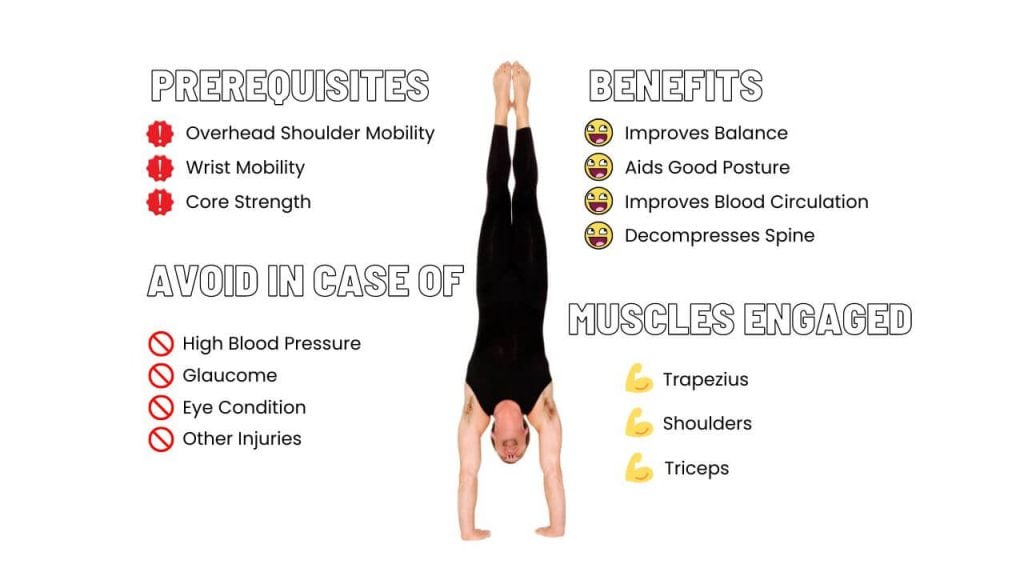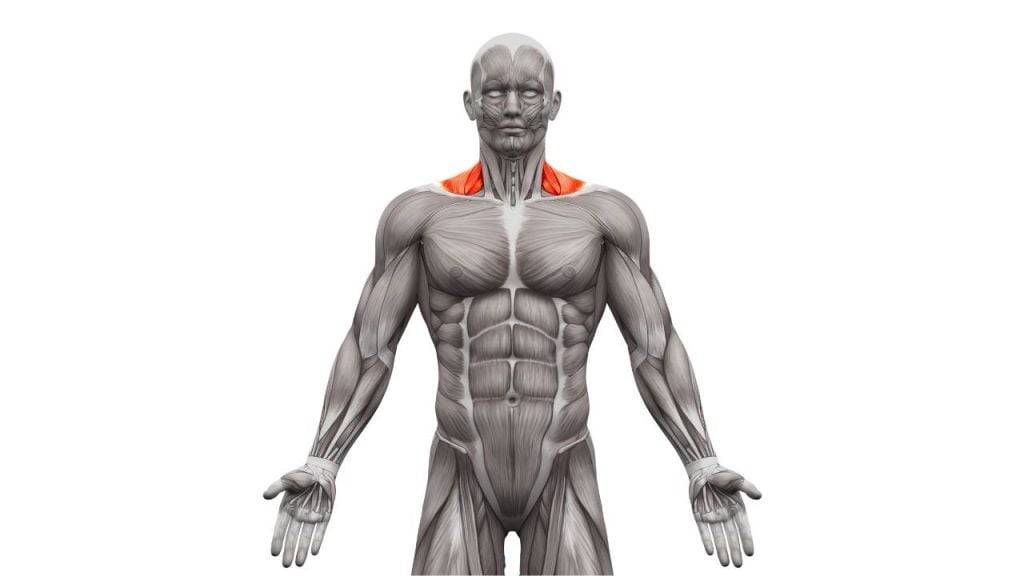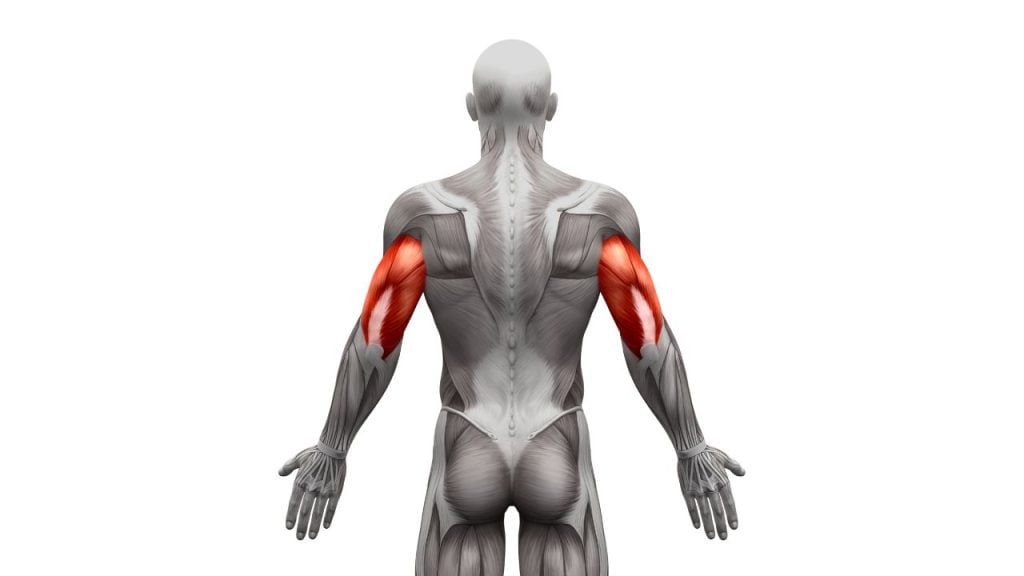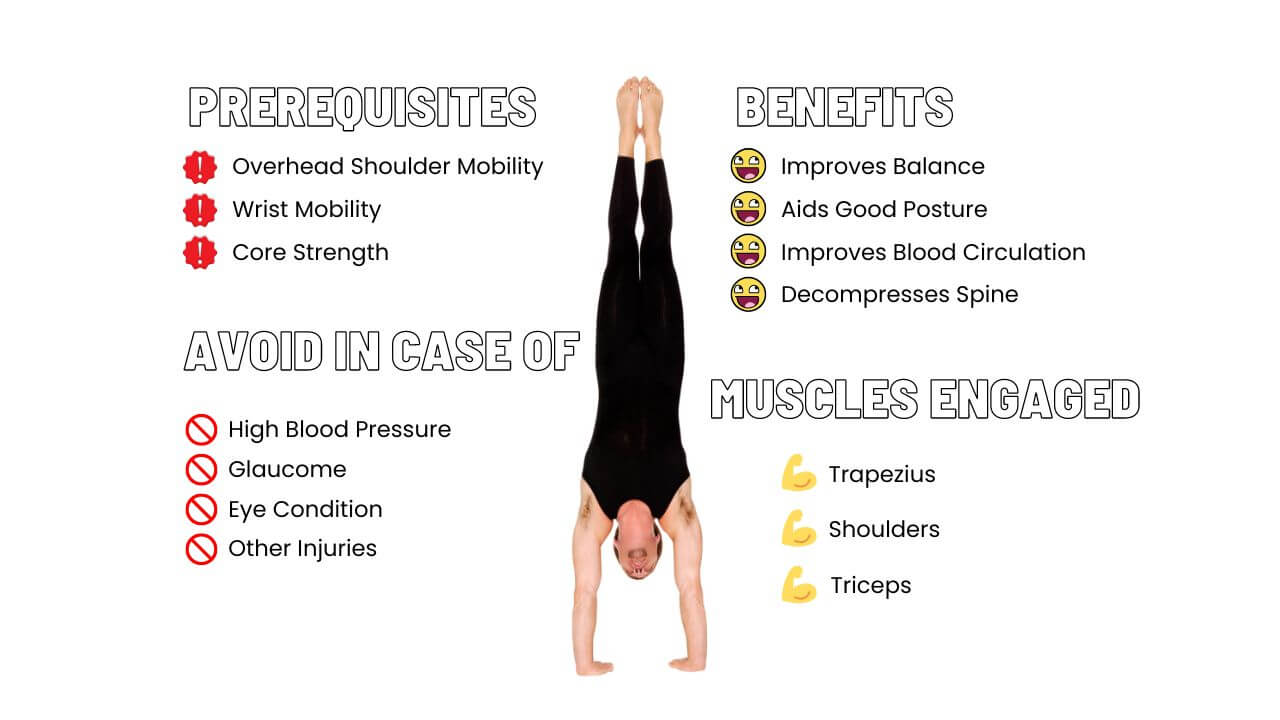Handstands are one of the foundational exercises in calisthenics. It's an isometric movement that you can perform next to a wall or freestanding. Practicing handstands has numerous benefits but since it puts your body in an inverted position, it is important that you proceed with caution. If you have an existing condition like glaucoma, high blood pressure, or other injuries make sure to consult with a doctor beforehand.

Prerequisites for a good handstand form
Overhead shoulder mobility
Overhead shoulder mobility is important for handstands because it enables the body to achieve a straight line from the wrists to the shoulders to the hips. In the handstand position, the arms are extended overhead, and the shoulders need to be mobile enough to allow the arms to be in this position without compensating in the lower back or neck. Without proper overhead shoulder mobility, it is more difficult to achieve and hold the handstand position, leading to compensations that may increase the risk of injury. It is especially true for freestanding handstands where balancing is more crucial. Having good overhead shoulder mobility can improve overall shoulder health and range of motion, which can benefit other exercises and activities as well.
Wrist mobility
Wrist mobility is essential for handstands because it allows the wrists to bend back at the required angle to support the weight of the body. In a handstand, the wrists bear most of the body weight, and if they lack the necessary mobility, it can lead to discomfort, pain, or even injury. Adequate wrist mobility ensures that the hands, forearms, and shoulders are aligned, which helps to distribute the weight evenly across these joints and muscles. This, in turn, allows the handstand practitioner to maintain proper form, balance, and control while reducing the risk of straining the wrists or other related muscles and joints.
Core strength
Core strength is important for handstands because the movement requires a lot of stability and control through the torso to maintain proper alignment and balance. The core muscles, including the abdominals, obliques, and lower back muscles, are responsible for stabilizing the spine and pelvis during movement. In the handstand, a strong core helps to prevent the lower back from arching excessively (banana position) and keeps the legs and feet aligned with the torso. Without adequate core strength, the body may collapse or lose balance during the handstand, making it difficult to maintain the pose for an extended period of time. A strong core is essential for achieving and maintaining proper form and balance in the handstand.
The benefits of regular handstand practice
Improves balance and body coordination
Performing handstands require a high level of proprioception, which is your ability to sense the position and movement of your body. By practicing handstands, you develop a better sense of where your body is in space, and how to make small adjustments to maintain balance. This translates to better overall balance, not just in handstands, but in other areas of your life as well.
Helps to develop a good posture
Mastering the handstand is a journey that requires lots of practice and mobility work. Regular training will help improve your posture mainly by:
- Strengthening the core: To perform a handstand, you need a strong core to keep your body stable and balanced. This means engaging your abdominals, obliques, and lower back muscles, which can help improve your posture in everyday activities.
- Improving spinal alignment: When you perform a handstand, you need to keep your spine straight and aligned. This helps to correct any imbalances or misalignments in the spine, which can improve your posture over time.
- Strengthening the upper back: In order to balance in a handstand, you need to engage the muscles in your upper back, including the rhomboids, trapezius, and deltoids. Strengthening these muscles can help improve your posture by pulling your shoulders back and opening up your chest.
- Improving body awareness: Handstands require a lot of body awareness and control, which can help you develop a better sense of your body in space. This can help you recognize and correct any postural imbalances or weaknesses that may be contributing to poor posture.
Improves blood circulation
Thanks to gravity the inverted body orientation changes the direction of our blood flow from the feet to the head region. The blood gets into areas it was struggling to reach and the whole lymphatic system gets engaged, improving the drainage of toxins.
- Inverted body orientation, such as in a handstand, can improve blood circulation by reversing the normal direction of blood flow in the body. In a handstand, the heart is above the head, which causes the venous blood that has collected in the lower extremities to be pushed back up towards the heart against gravity. This can increase venous return and improve circulation to the upper body, including the head and brain.
- Furthermore, in an inverted position, the arteries in the neck are able to expand more fully, allowing for increased blood flow to the brain. This increased blood flow can provide more oxygen and nutrients to the brain, which can help improve brain function and overall health.
- Regular practice of inverted positions like handstands can help improve blood circulation and oxygenation throughout the body, promoting overall health and well-being. However, it is important to practice under proper supervision and guidance, especially if you have any pre-existing medical conditions that may be impacted by the inversion.
Decompresses the spine
The inversion alleviates pressure on the spine and allows it to rest and recuperate. It has a decompressing effect that can ease disc or joint pain as well as reduce muscle spasms in the back.
During handstand practice, the spine is lengthened and decompressed as the body is inverted. This has several benefits:
- Relieves pressure on the spine: Spinal decompression during handstands relieves pressure on the spine by allowing the vertebrae to separate slightly, reducing pressure on the discs, ligaments, and nerves. This can help alleviate back pain and improve overall spinal health.
- Increases blood flow to the spine: The inversion in handstands improves blood flow to the spine, which can provide essential nutrients and oxygen to the spinal discs, muscles, and nerves. This can help to promote healing and reduce inflammation.
The main muscles used in a handstand
Trapezius

When performing a handstand, balancing requires a lot of stability and control. To maintain this stability, the scapula (shoulder blades) plays a crucial role in keeping the body aligned and centered.
As you shift your weight in a handstand, your scapulae must move to maintain the proper alignment of your shoulders and torso. Specifically, the trapezius muscle, which is a large muscle that spans the back and neck, helps to elevate and retract the scapulae during this movement.
By repeatedly performing scapula movements while balancing a handstand, you are targeting and strengthening the trapezius muscle.
Triceps

During a handstand, the triceps work to maintain the elbow joint in a fully extended position to support the body weight. The goal is to achieve fully extended arms with elbow lockout. With increased overhead mobility there is less compensation needed to bend the arms which results in a lesser triceps engagement. Triceps engagement comes back into play when doing a handstand push up. This is particularly important when lowering the body down from the handstand position, as the triceps are responsible for controlling the descent.
Additionally, the triceps work in conjunction with other muscles in the upper body, such as the deltoids and pectoralis major, to help maintain proper alignment and control of the body during the handstand. As a result, consistent practice of handstands can lead to increased strength and endurance in the triceps muscle.
Shoulders

Next to the wrist, the shoulders are also an important joint in balancing the weight of the body during a handstand. Since 100% of the body weight is being supported in an overhead position the deltoids are heavily engaged. For additional stimulation try shoulder taps.




